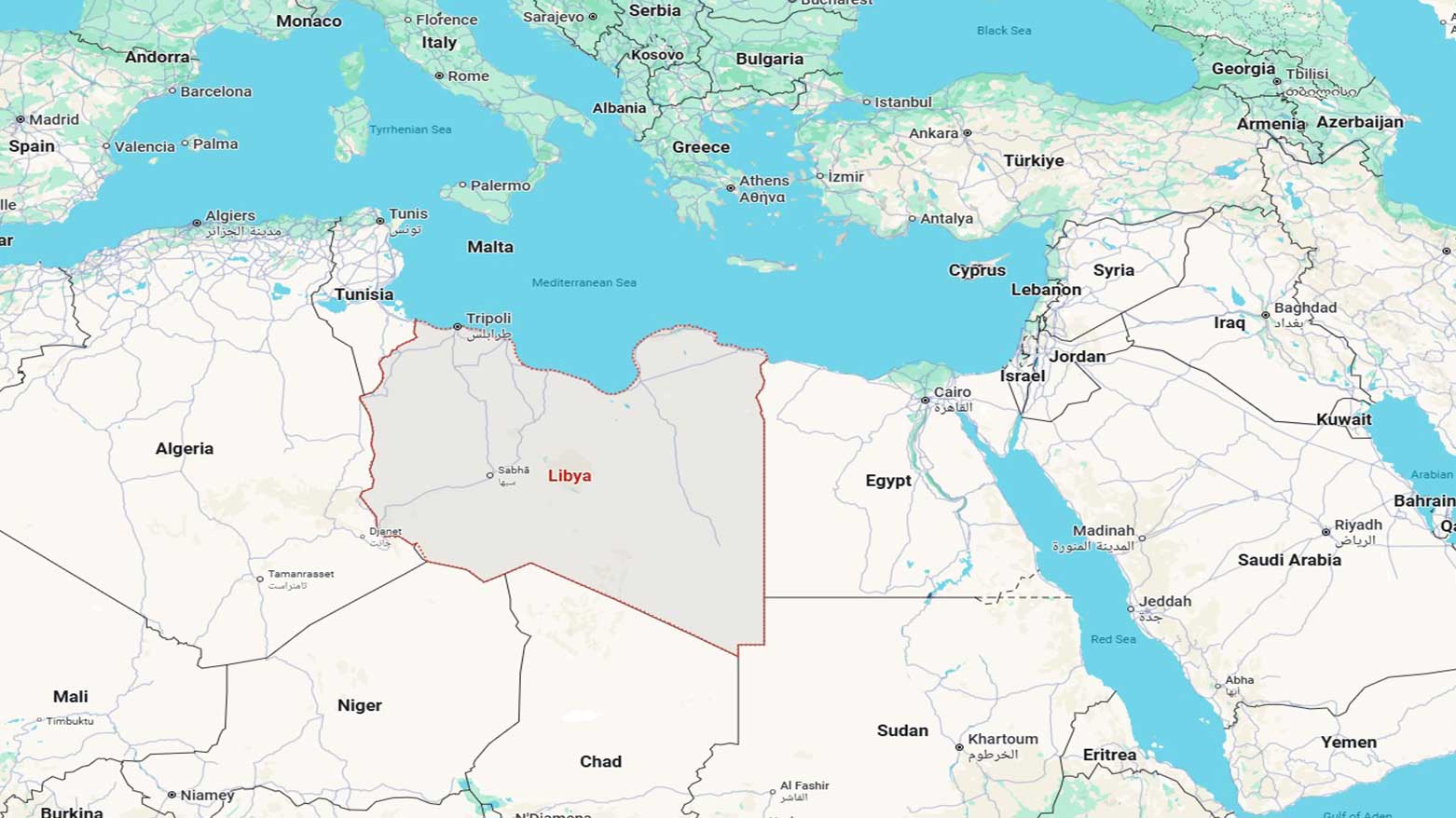Sudanese Migrant Boat Sinks off Libya, Killing at Least 50
Rising numbers of migrants risk the dangerous Mediterranean crossing from Libya to Europe amid conflict and instability in Africa and the Middle East.

ERBIL (Kurdistan24) — A boat carrying Sudanese refugees bound for Greece caught fire and sank off Libya’s coast, killing at least 50 people, the International Organization for Migration (IOM) said Thursday.
The UN migration agency reported that the vessel sank approximately 60 kilometers (37 miles) off the eastern Libyan city of Tobruk. The IOM said on X that 75 Sudanese were on board when the tragedy occurred, with only 24 survivors pulled from the sea.
The Libyan Red Crescent confirmed that its teams had been dispatched after receiving an emergency call from authorities in Tobruk. They later recovered bodies along Kambot beach, 60 kilometers west of the town, and at Qabes, some 90 kilometers east, though it was unclear if all were victims from the same boat.
In recent years, Libya has become a key transit point for tens of thousands of migrants escaping conflict, persecution, and economic despair across Africa and the Middle East. Earlier this month, another vessel capsized off Libya, leaving one dead and 22 missing. In December, at least 61 migrants, including women and children, drowned in a separate tragedy off the country’s western coast.
The IOM’s Missing Migrants Project reports that at least 434 migrants have been confirmed dead and 611 missing in waters off Libya over the past eight months.
The situation is compounded by Libya’s prolonged instability since the 2011 NATO-backed uprising that ousted and killed longtime ruler Muammar Gaddafi, leaving the country fractured between rival authorities and armed groups.
Growing Migration Pressures and Europe’s Firm Response
The latest disaster underscores the worsening migration crisis across the Mediterranean, driven by escalating conflicts, poverty, and instability in both the Middle East and Africa.
Sudan, where many of the victims originated, has been torn apart by a brutal civil war since April 2023 between the army and the paramilitary Rapid Support Forces, displacing millions and fueling one of the world’s largest humanitarian crises.
Beyond Sudan, prolonged wars in Syria, Yemen, and the ongoing violence in the Sahel region, alongside economic hardship in countries like Iraq, Egypt, and Tunisia, are pushing record numbers of people toward Europe.
Climate shocks, food insecurity, and collapsing state structures across parts of Africa further exacerbate the exodus.
Europe, meanwhile, has toughened its stance on migration. Countries such as Italy and Greece, at the forefront of arrivals, have stepped up naval patrols and expanded cooperation with North African states, including Libya and Tunisia, to prevent boats from leaving their shores.
The European Union has also adopted stricter asylum procedures, with several member states introducing fast-track deportations for migrants who arrive without clear protection claims.
These measures have drawn sharp criticism from rights groups, who warn that crackdowns are forcing migrants onto ever more perilous routes. Yet governments across the bloc, facing political pressure from rising anti-immigration parties, insist tougher enforcement is necessary to stem irregular arrivals.
The tragedy off Tobruk thus reflects both the desperation driving thousands to risk their lives at sea and the hardened response awaiting them in Europe — a grim equation that continues to fuel one of the world’s deadliest migration routes.
